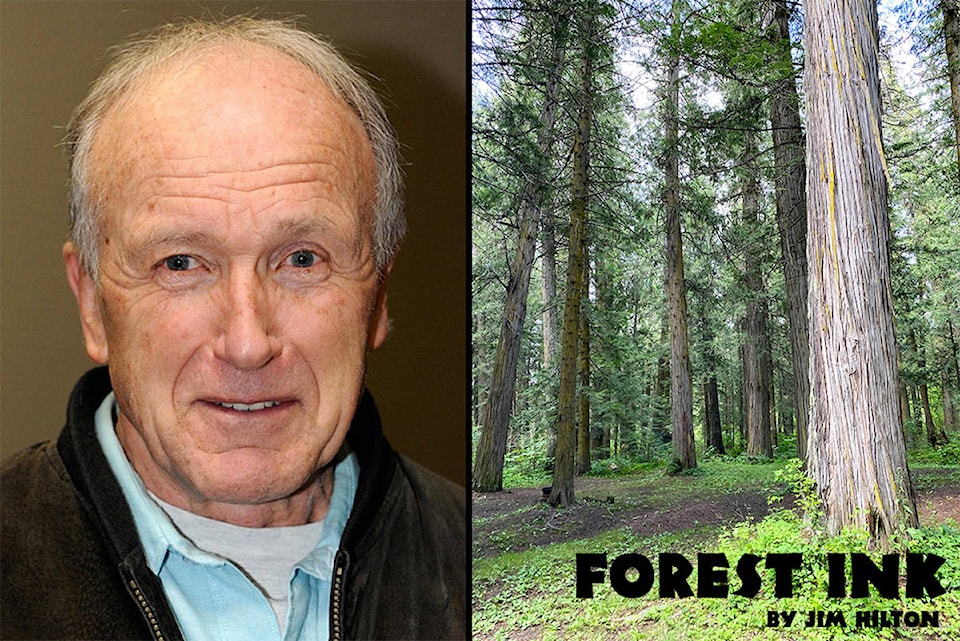In a paper published this year, an international research team, led by scientists from the University of Nottingham’s Future Food Beacon and Shanghai Jiao Tong University has discovered how the plant signal ‘ethylene’ causes roots to stop growing in hard soils.
But after this signal is disabled, roots are able to push through compacted soil.
The research published in Science describes how hard (compacted) soils represent a major challenge facing modern agriculture that can reduce crop yields over 50 per cent by reducing root growth, causing significant losses annually.
Europe has over 33 million hectares of soil prone to compaction which represents the highest in the world.
Soil compaction triggers a reduction in root penetration and uptake of water and nutrients.
Despite its clear importance for agriculture and global food security, the mechanism underpinning root compaction responses has been unclear until now and the hope is to use genetic manipulation to turn off the signal that stops the root penetration.
The concern I have with the plant selection approach is that it does not deal with the soil compaction problem which will likely get worse with the ongoing industrial farming practices.
Soil compaction is usually made worse by the loss of organic matter and the associated soil microflora. Smaller organic operations use a variety of soil amendments like compost, rotation grazing, biochar, branch wood chips or green manures to improve the soil fertility and long term soil texture which not only improves plant production but also quality of the plant produce.
The forest industry has made significant progress in the marketing of wood pellets for bioenergy export maybe there is also an opportunity to develop soil amendments from residual wood products for improving degraded soils around the world.
For example in a previous article the importance of branch wood chips for long term soil improvement was discussed.
READ MORE: Ecological economics not a popular topic for most people
There is some interesting Canadian research reported in the January 2021 Logging and Sawmilling Journal.
Author Tony Kryzanowski had an article on work being done in short rotation afforestation sites attached to the Canadian Wood Fibre Centre’s National Network of Short Rotation Afforestation Sites — one in Guelph, Ont. and the other near St. Albert, Alta.
The objective of this recovery study is to assess carbon sink and validate wood fibre/ biomass growth and yield, and to effectively recover the primary stems as well as branches and tops.
In Guelph, hybrid poplar clones planted at a variety of densities and harvested after 16 and 12 years had grown 20 metres and up to 24 centimetres in diameter. In Alberta, hybrid poplar and selected high production clonal aspen were planted in 2009 and 2010, with 1,600 and 6,400 stems per hectare. They achieved a height growth of eight, 12 and 15 metres based on their age and specific management regime.
What caught my attention was that the chipped wood was going to be used for for landscape and livestock bedding as well as pulp and energy production.
If the trees were intended for branch wood chip production or livestock use, the trees could be harvested earlier and even higher production rates could be achieved.
Additional research will be needed on the best products (pellets, chip sizes, moisture levels) and application methods that could be used for degraded industrial agriculture soils and rehabilitation of mining sites.
Jim Hilton is a professional agrologist and forester who has lived and worked in the Cariboo Chilcotin for the past 40 years. Now retired, Hilton still volunteers his skills with local community forests organizations.
Like us on Facebook and follow us on Twitter.
